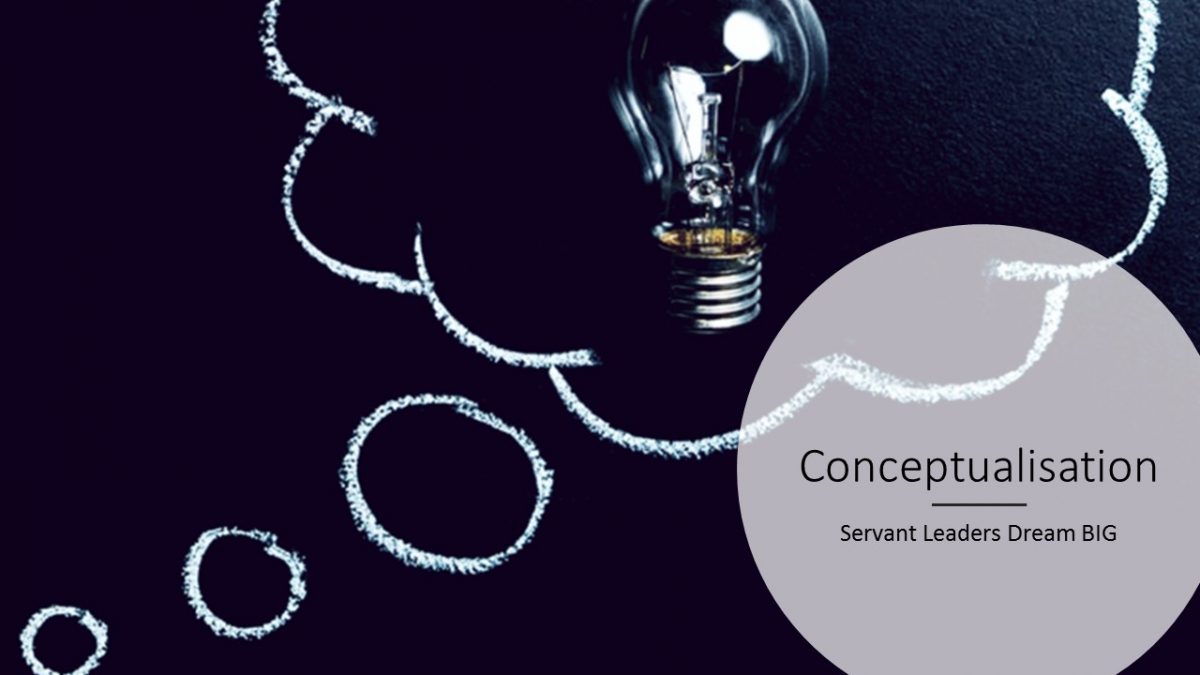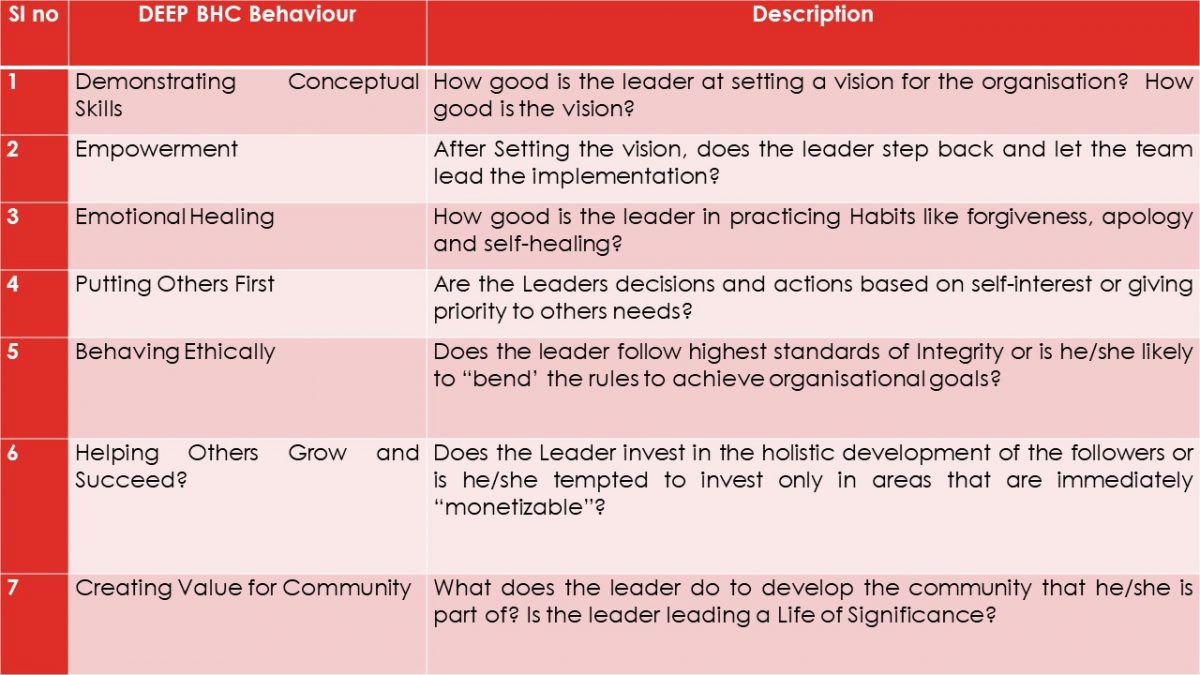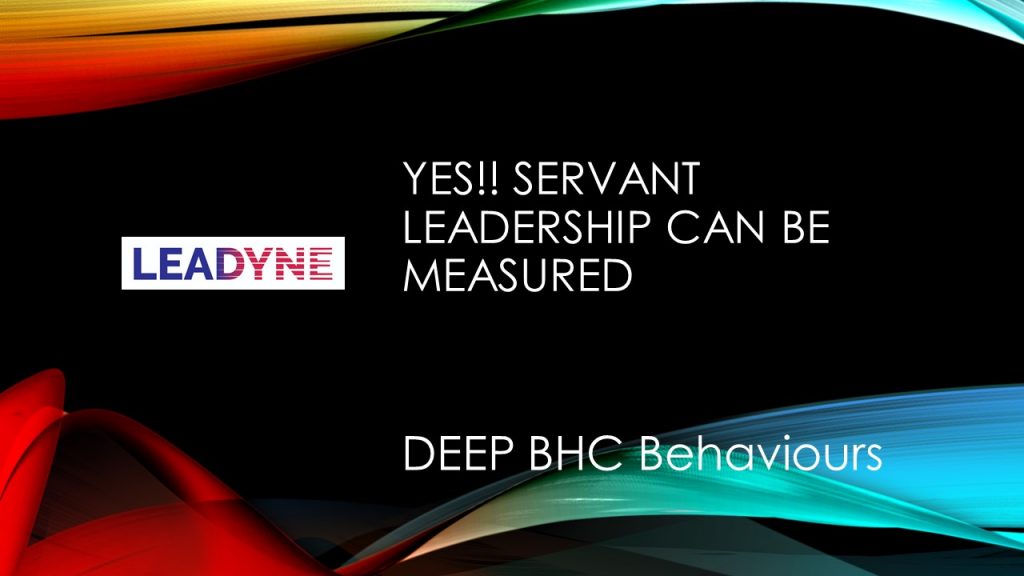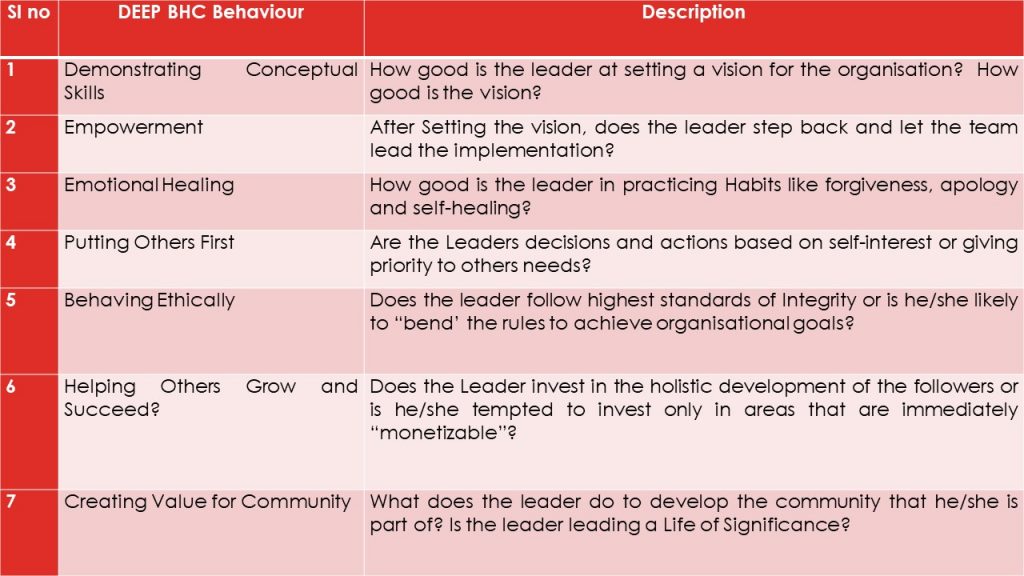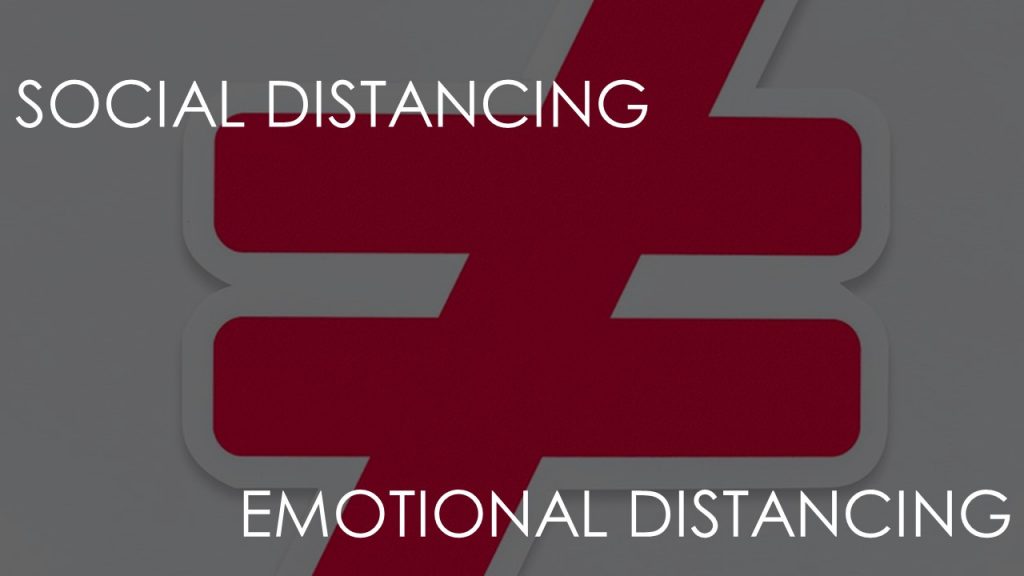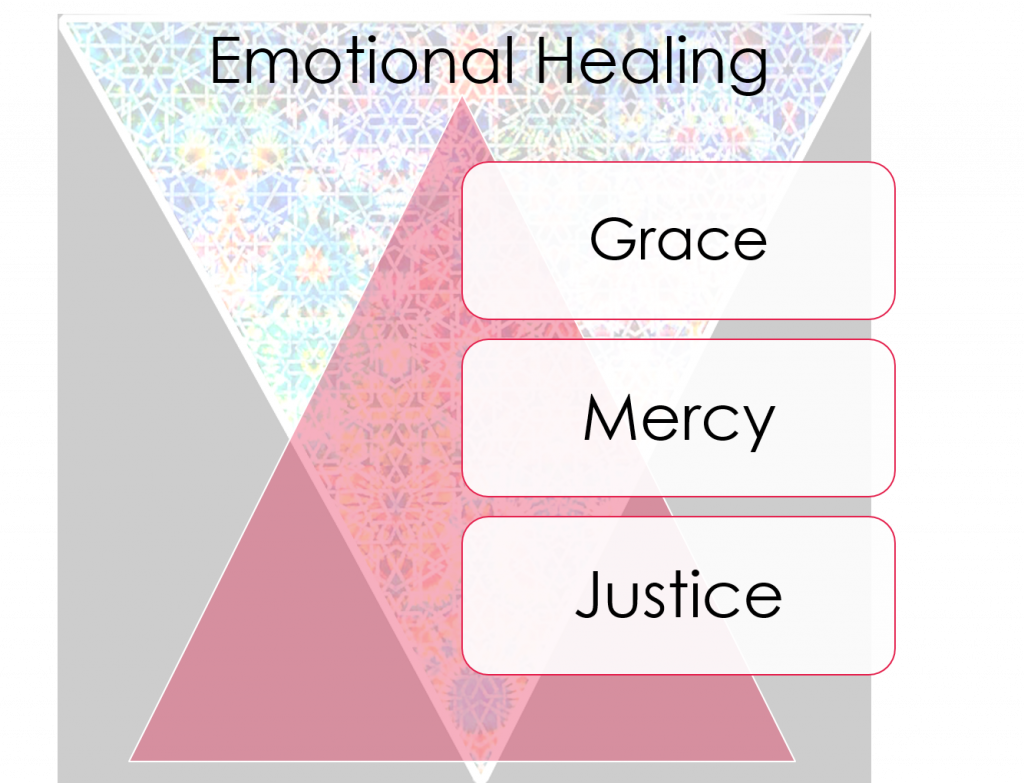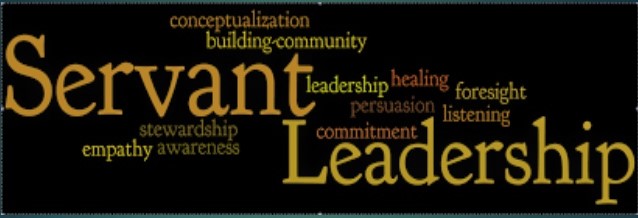Demonstrating Conceptual Skills
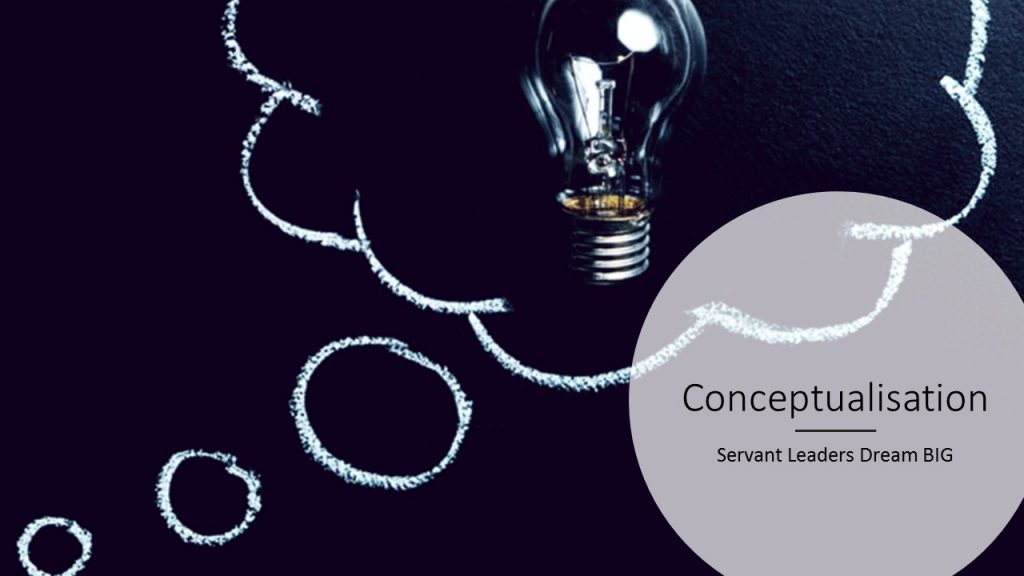
One of the biggest stumbling blocks for acceptance of Servant Leadership in corporate circles is the belief that Servant Leadership is an oxymoron. Critics of Servant Leadership often ask the question “How can one be a servant and a leader at the same time?”. The original definition given by Robert Greenleaf that “A Servant Leader is a servant first…” did not make it any easier for the concept to get acceptance in wider circles. This apparent contradiction in the term is what made Servant Leadership acquire an esoteric nature for quite a long time after it was propounded by Robert Greenleaf in 1970.
Several Leadership gurus have tried to break that oxymoron nature of Servant Leadership recently. Notable among them are the works of Ken Blanchard. Ken dives into the two leadership roles of Vision and Implementation to explain how Servant Leadership fulfills both the roles with a difference.
In this blog, let us look at the first leadership role, viz; visioning.
In a previous blog I had described the DEEP BHC Behaviours. You will notice that the first behaviour that we have listed there is Demonstrating Conceptual Skills. This is the behaviour that helps a Servant Leader to set a vision for self and the team and/or organisation. This essentially requires two skills viz; Conceptualisation and Foresight.
Conceptualisation is the skill to dream Big Dreams. Servant-leaders seek to nurture their abilities to “dream great dreams.” But what does this actually mean? The ability to look at a problem (or an organization) from a conceptualizing perspective means that one must think beyond day-to-day realities. While we must focus on day to day realities, we should be able to look beyond them and see beyond what is there today. As children we do this intrinsically. As we grow up, we tend to lose this ability to dream big. History shows that leaders who dreamt big made a difference. Martin Luther King had a dream and that changed the US society. Mahatma Gandhi had a dream that made India achieve independence through non-violence. Nelson Mandela had a dream that changed Africa. Walt Disney had a dream that made Disney Land a preferred place for everyone. Herb Kelleher dreamt of an airline that will give its customers more for less . Let me quote Herb “One of the things that people, I think, didn’t understand is that we started out saying we’re going to give you more for less, not less for less. We’re going to give you new airplanes, not old airplanes. We’re going to give you the best on-time performance. We’re going to give you the people who are most hospitable.”. This was a crazy dream way back in 1971, in one of the most competitive and difficult industries to be in.
Chasing dreams at any cost, without boundaries can be dangerous. Servant-leaders must seek a delicate balance between conceptualization and day-to-day focus. That is where the second skill of Foresight comes on. Foresight is the ability to learn from our past experiences, our current realities and the possible consequences of our actions in future. This is what defines the boundaries of what an organisation will do to go after the big dream that they have/had. Several organisations with big dreams flounder and fall through the crack, because they chase their dreams, not paying attention to boundaries. The cases of Enron, or Exxon, or Satyam or Kingfisher Airlines are classic examples of chasing big dreams without foresight. Successful organisations use their foresight to channel the process of chasing the dreams within certain boundaries. Walt Disney did it with their set of values. So did Southwest Airlines. The story of Tata as a group is an interesting study of this aspect too. Let me quote Ratan Tata “Business, as I have seen it, places one great demand on you: it needs you to self-impose a framework of ethics, values, fairness and objectivity on yourself at all times.” Integrity is the top value at Tata Group and that makes them one of the most respected business houses of all times.
So this combination of conceptualization and foresight is what results in the behaviour of Servant Leaders Demonstrating Conceptual Skills. This bursts the oxymoron nature of Servant Leadership. Servant Leaders dream big and have the foresight to avoid the pitfalls of chasing that dream without boundaries. Servant Leaders take on the responsibility of Setting the vision, mission, values and goals for the organisation, and the employees respond to such a vision.
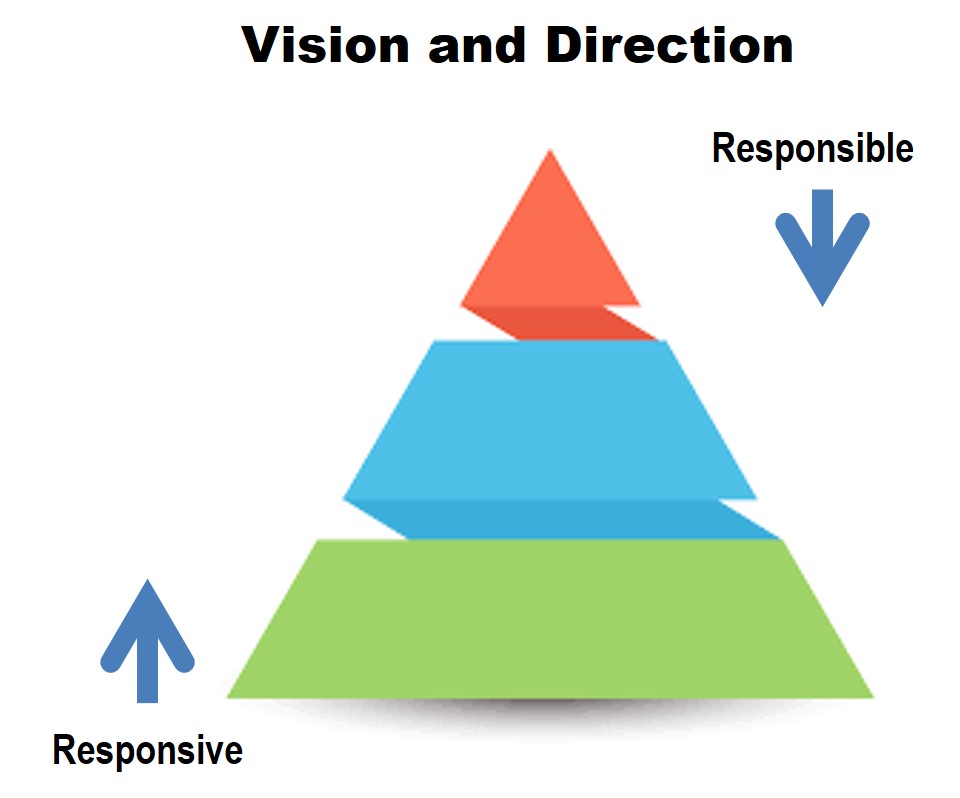
Come Dream Big and join the Servant Leadership Movement. Develop the behaviour of Demonstrating Conceptual Skills
______________________________________________________

This Article is written by Dr. Madana Kumar, PhD, UST’s own Servant Leadership Evangelist. You can contact him here, or connect with him here.
